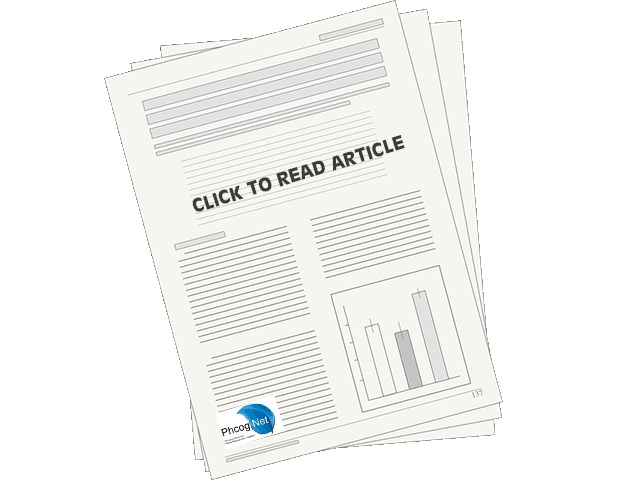Supplementation of patients with sickle cell disease with astaxanthin increases plasma- and erythrocyte-astaxanthin and may improve the hemolytic component of the disease
Keywords:
Antioxidant , Hemolytic component , Reticulocytes , Arginine , Asymmetric dimethylarginineAbstract
Aim & background: Sickle cell disease (SCD) is characterized by hemolytic and vaso-occlusive components. Astaxanthin is a carotenoid of marine origin, without pro-oxidant properties. Methods: In this open label pilot study, we investigated whether orally administered astaxanthin incorporates into erythrocytes (RBC) of SCD patients and studied the effect on hematological and clinical chemical parameters. Ten SCD patients (6e52 years) in Sint Maarten received 8e12 mg astaxanthin during 3 months. Results: Baseline plasma- (33 nmol/L) and RBC- (11 nmol/L packed RBC) astaxanthin increased to 225, 174, 167 nmol/L (plasma) and 149, 100, 71 nmol/L packed RBC at 1e3 months, respectively. Reticulocytes decreased from baseline and 2 months (9.5 and 8.8%) to 3 months (5.6%), MCV from 2 to 3 months (88 e86 fL), MCH from baseline to 3 months (30e28 pg) and RDW from baseline and 2 months (19.2 and 19.0%) to 3 months (16.7%). Plasma arginine decreased from 2 to 3 months (46.6e39.4 mmol/L). Asymmetric dimethylarginine (ADMA) did not change. Reticulocytes at baseline correlated with relative changes in reticulocytes from baseline to 3 months. Relative changes in reticulocytes correlated with relative changes in RBC, RDW, LDH, ALAT, but not hematocrit, within the same period. Conclusion: Astaxanthin incorporates into SCD RBC and may favorably affect the hemolytic component. A larger randomized controlled trial is indicated, using similar or higher dose, preferably during more than 3 months, concomitant with (other) low dose antioxidants (vitamin E, beta-carotene, vitamin C, folic acid), minerals (zinc, if necessary, selenium), arginine, fish oil and vitamin D.
Downloads
Metrics





